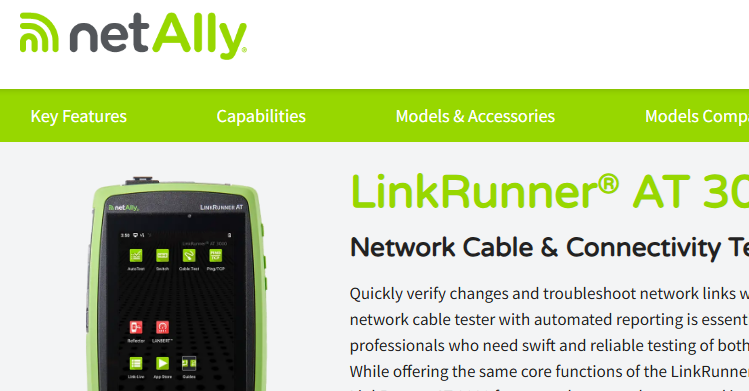5 Microservices Design Patterns and How They Affect Your Network
- Tony Fortunato

- Oct 25, 2023
- 4 min read

What Are Microservices Design Patterns?
Microservices design patterns are a set of best practices, principles, and techniques for designing and implementing services in a microservices architecture. These patterns provide solutions to common problems encountered when developing large and complex systems, allowing developers to produce scalable and maintainable applications.
The key advantage of microservices design patterns is their versatility. They aren't tied to a specific programming language or technology stack. Instead, they're applicable to any microservices-based application, irrespective of the underlying technology.
Importance of Design Patterns in Microservices
Scalability
In the traditional monolithic architecture, scaling requires duplicating the entire application, which can be costly and inefficient. Microservices, on the other hand, can be scaled individually based on demand, which is a more efficient and cost-effective approach.
Microservices design patterns provide guidelines for designing highly scalable services. For example, the Stateless Pattern recommends that each service should not maintain any client-specific data from one request to the next. This allows the service to serve any client at any time, making it easier to scale on demand.
Resilience
Resilience is another critical feature offered by microservices design patterns. In a distributed system like microservices, failures are inevitable. Hence, it's essential to design the services in a way that they can handle failures gracefully, without affecting the overall functionality of the system.
Several microservices design patterns focus on building resilient services. For instance, the Circuit Breaker Pattern provides a strategy for handling service failures. When a service fails, the circuit breaker trips and prevents further calls to the failed service, allowing it to recover.
Decoupling
Decoupling is the principle of reducing the dependencies between services in a microservices architecture. A well-decoupled system is easier to maintain, scale, and evolve, as changes in one service do not affect others.
Microservices design patterns promote decoupling through strategies like the Database per Service Pattern, which suggests that each service should have its own database to ensure data encapsulation. Decoupling makes it easier to develop and deploy services independently, thereby speeding up the overall development process.
Efficient Communication
In a microservices architecture, services need to communicate with each other to function cohesively. Efficient communication between services is crucial for the performance and reliability of the system.
microservices design patterns provide strategies for efficient inter-service communication. For example, the API Gateway Pattern provides a single point of entry for clients, simplifying the client-side communication and enabling efficient routing, security, and rate limiting.
5 Microservices Design Patterns and How they Affect Your Network
API Gateway Pattern
The API Gateway Pattern acts as the entry point for clients to access the microservices in your network. It hides the complexity of underlying microservices from the clients and provides a simplified interface for client-side communication.
How it affects your network: The API Gateway can handle various cross-cutting concerns like request routing, authentication, and rate limiting. This pattern can significantly improve the performance and security of your microservices network by providing a centralized place for handling these concerns.
Circuit Breaker Pattern
The Circuit Breaker Pattern is a fail-safe mechanism for your microservices network. When a service fails, the circuit breaker 'trips', preventing further calls to the failed service and allowing it to recover.
How it affects your network: This pattern increases the resilience of your network by protecting services from being overwhelmed by repeated failed calls. It also improves the user experience by providing an immediate response when a service is down, instead of letting the client wait for a timeout.
Service Registry and Discovery Pattern
In a microservices network, services need to discover each other to communicate. The Service Registry and Discovery Pattern provides a mechanism for services to register themselves and discover other services.
How it affects your network: This pattern simplifies the inter-service communication and improves the flexibility of your network by allowing services to dynamically discover and call each other based on the service registry.
Asynchronous Messaging Pattern
The Asynchronous Messaging Pattern is used to decouple services by using message queues for communication. Services send messages to the queue, and the receiving services pick up the messages when they're ready.
How it affects your network: This pattern improves the scalability and resilience of your network by allowing services to operate independently. It also protects services from being overwhelmed by heavy loads, as they can process the messages at their own pace.
Aggregator Pattern
The Aggregator Pattern provides a way to aggregate responses from multiple services into a single response. This pattern is commonly used when a client needs to call multiple services to perform a single operation.
How it affects your network: The Aggregator Pattern simplifies the client-side communication and improves the performance of your network by reducing the number of calls between the client and the services.
Conclusion
In conclusion, microservices design patterns are a powerful tool for designing and building scalable, resilient, and efficient microservices networks. By understanding and implementing these patterns, developers can unlock the full potential of microservices, leading to more robust and maintainable applications.
Author Bio: Gilad David Maayan

Gilad David Maayan is a technology writer who has worked with over 150 technology companies including SAP, Imperva, Samsung NEXT, NetApp and Check Point, producing technical and thought leadership content that elucidates technical solutions for developers and IT leadership. Today he heads Agile SEO, the leading marketing agency in the technology industry.





